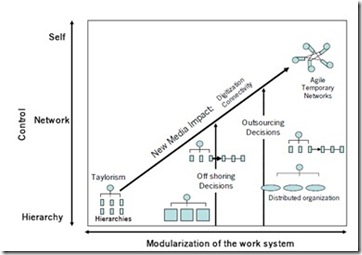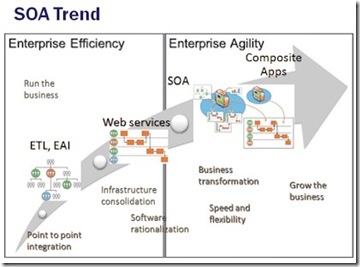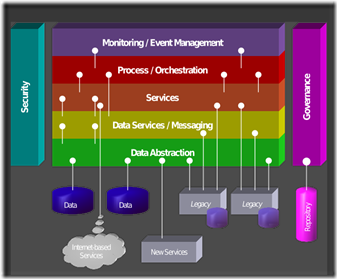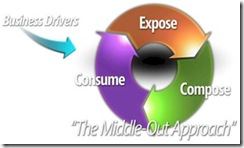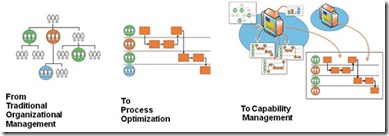As I have posted previously, Katie Ledger’s concept of ‘Portfolio Working’ is sort of the flip-side, supply-side version of ‘Dynamic Working’ but from the staff perspective. Dynamic Work looks at how a company is more flexible with its resources such as staff. Portfolio Work looks at how a person (staff) is more flexible with its incomes such as employment for a company. From the ‘SOA’ metaphor, Katie’s concepts are ‘loose coupling of compute resources’ in action in the human world of endeavour. Now Katie has teamed up with Barrie Hopson to structure, elaborate and colour this world that she has explored and lived for many years.
Corporates have long known the benefits of having multiple suppliers, securing diverse revenue streams and building a portfolio of assets that play to their strategic strengths. This book is a must read for people who want to apply these same principles to their personal lives for careers that are rewarding both financially and personally.
The official launch is 19th November in London which I won’t miss. If any of my readers are particularly interested in this area, I have access to a few invitations to the launch which I am happy to share out on a first come, first serve basis.

